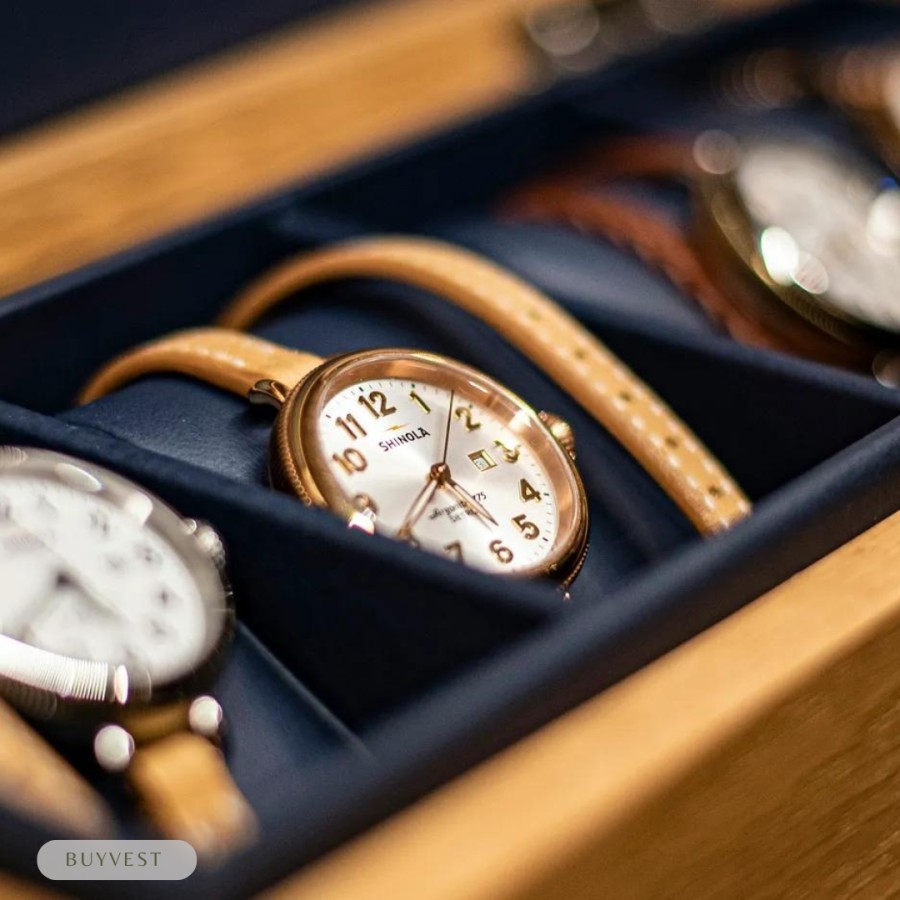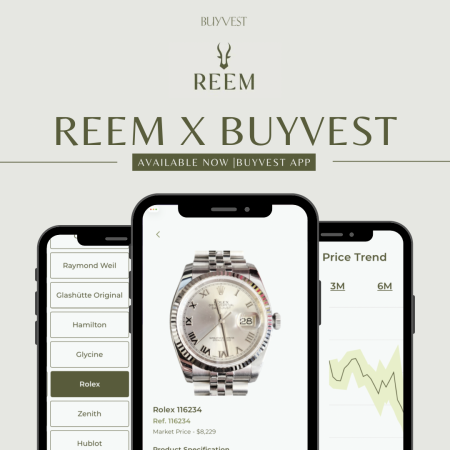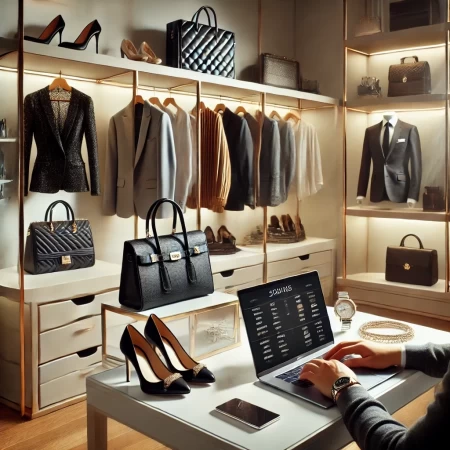Untapped Potential: Unveiling the Hidden Value of Used Luxury Handbags and Watches as Investments
The Rising Trend of Luxury Handbag Flipping
The luxury resale market is experiencing a surge in popularity, largely driven by Gen Z and millennial consumers. These savvy individuals have found a lucrative new hobby in flipping designer handbags, resulting in significant profits. One such success story is Nica Yusay, who turned her passion for thrifting into a thriving vintage designer bag resale business. Starting as a cost-saving measure, Yusay’s hobby quickly turned into a full-fledged business that is projected to generate $4.5 million in sales this year¹^.
The
boom in the luxury handbag resale market can be attributed to several
factors. Luxury brands scaled back production during the early days of
the COVID-19 pandemic, creating scarcity in the market.
Additionally,
increased costs for raw materials, shipping delays, and supply
shortages further contributed to the scarcity of luxury handbags¹^.
These factors, along with a reallocation of discretionary income and a
growing interest in sustainable fashion and thrifting, have created a
thriving market for used luxury handbags.
The Soaring Demand for Designer Handbags Amidst Economic Uncertainty
Despite
economic uncertainty, the demand for designer handbags has reached new
heights. Luxury spending in the United States was significantly higher
in 2021 compared to 2019, with consumers splurging on designer items¹^.
This trend was unexpected, as many other clothing and accessories
categories experienced declines during the pandemic.
However, the designer space remained resilient, attracting consumers with its allure and prestige¹^.
Luxury
brands faced challenges during the pandemic, such as closures of their
production facilities and predictions of a decline in luxury spending.
To mitigate losses, brands increased the prices of their most iconic
handbags. These price increases became more frequent, driven by
inflation.
For example, Chanel raised its prices by an average of 8%
across all its bags, pushing some classic handbags above the $10,000
mark¹^.
Surprisingly, these price increases did not dampen demand;
instead, consumers were willing to pay two to three times the primary
market price to acquire these coveted bags¹^.
The Future of Luxury Handbag Investments
The global designer handbag market is poised for continued growth, with a projected increase in value from $72 billion to $100 billion by 2026¹^. As more women prioritize their careers and have the means to afford luxury bags, the industry is expected to flourish. Gen Z teens are already starting to splurge on luxury goods, and they are predicted to become the biggest buyers of luxury items by 2030¹^.
However, it is worth noting that the resale value of luxury handbags has begun to stabilize. While prices remain higher than pre-pandemic levels, there has been a slight drop in resale values, particularly for non-limited edition bags. Consumers are showing a preference for more affordable and trendier styles, shifting away from ultra-luxury classics. This change is partly driven by inflation concerns and the possibility of an impending recession¹^.
For those considering entering the business of buying and selling luxury handbags, it is essential to be mindful of market trends and consumer preferences. Flipping trendy or limited-edition bags can be more profitable than focusing solely on classic designs. The use of social media platforms, such as Instagram and Facebook groups, allows resellers to engage with potential buyers and avoid commission fees charged by third-party platforms.
In conclusion, the market for used luxury handbags and watches as investments is thriving, driven by the enthusiasm of Gen Z and millennial consumers. The future of the luxury handbag market looks promising, with projected growth and shifting consumer trends. As the industry evolves, it will be crucial for investors and resellers to stay informed about market dynamics and adapt their strategies accordingly.






0 COMMENTS